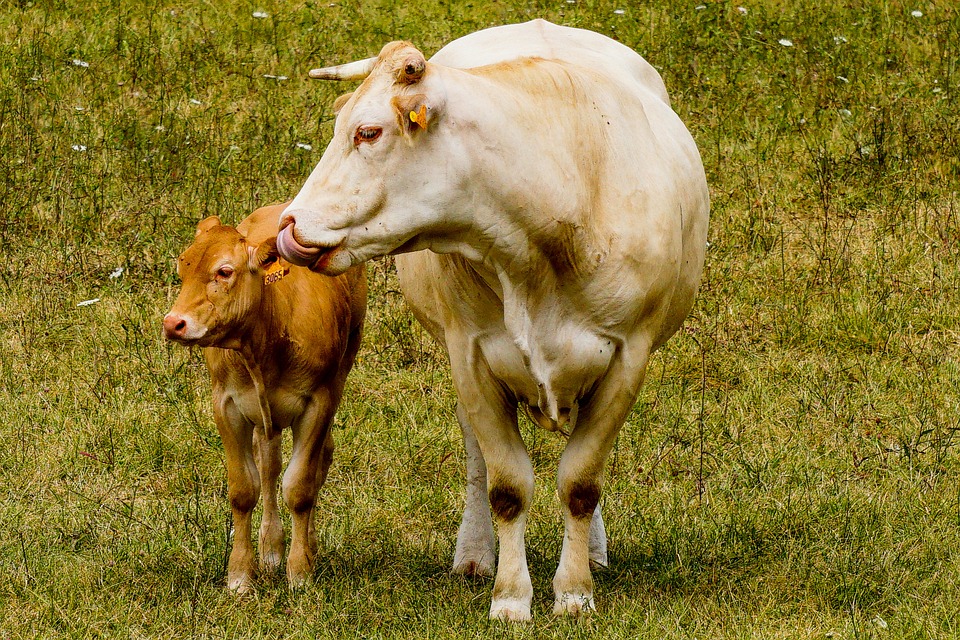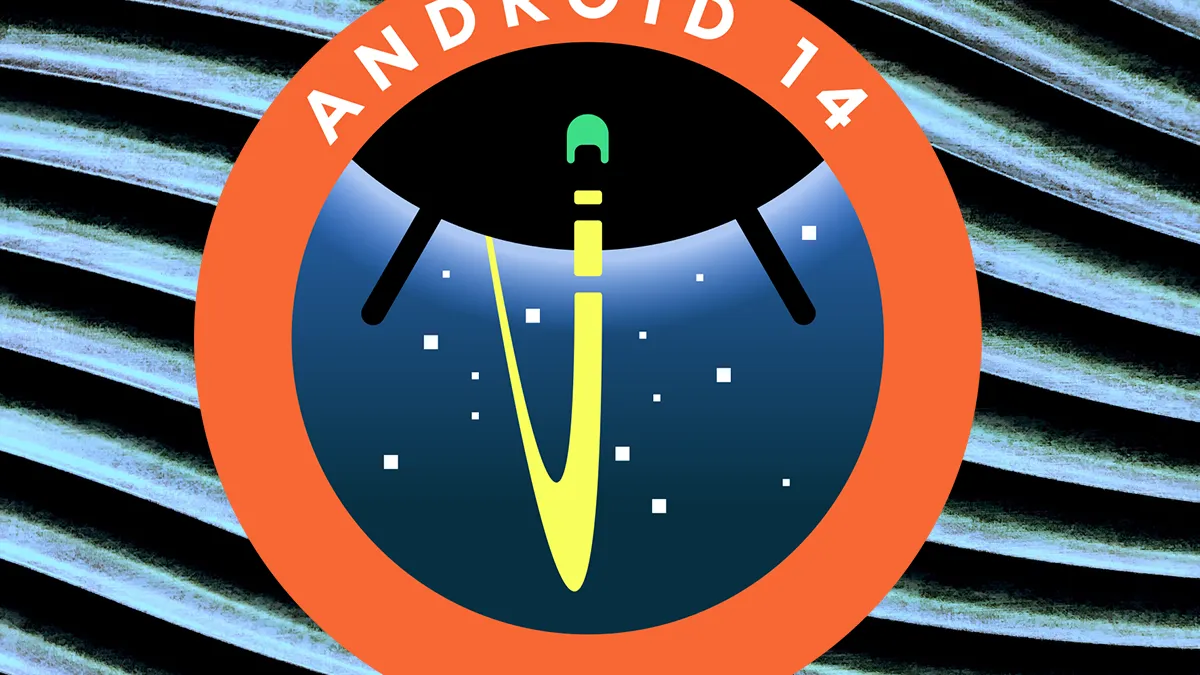Imagindairy milks single cell instead of cow
No more lonely calves? If it is up to the Israeli Imagindairy, milk will soon come from the factory instead of a cow.
Contents
Imagindairy, milk without a cow
Imagindairy’s ambitions are radical. The global dairy industry has a size of around 1000 billion euros. And that is roughly the GDP of the Netherlands. Of course, the Netherlands is known for its dairy industry. And this one could well be affected by this new startup. And from the long-standing American competitor, PerfectDay.
Because Imagindairy wants to start producing milk without even using a cow. No fake milk, such as the infamous oat milk or the much healthier soy milk, but real nature-identical cow’s milk, with the same proteins, fats and carbohydrates, and minerals, of course, that also occur in cow’s milk.
Milk from the factory, that’s how it works
Imagindairy wants to have genetically modified bacteria produce milk proteins, such as the protein casein and whey proteins. These contain, in addition to their own DNA, plasmids, DNA rings, each containing the DNA code of casein (or of one of the whey proteins).
Each time this plasmid is copied over into an RNA string (messenger RNA). A ‘protein factory’, a ribosome, reads this string of m-RNA ‘letter’ by ‘letter’ and translates it into a long protein string: casein. You can also add the other ingredients of milk, such as milk sugar (lactose), milk fat and vitamins and minerals. And lo and behold, your ready-made factory milk that is chemically and in terms of taste indistinguishable from the real thing.
Bacteria do not have to maintain a complete cow’s body, so they can do this much more efficiently than a cow.
Mold consumes the plants
Of course, these bacteria also need food to make proteins, such as amino acids. Unfortunately, no information about this is available on the Imagindairy website, but the American competitor PerfectDay uses fungi that can digest plant material.
These fungi secrete special enzymes that can digest cellulose (the connecting material in grass or other plant biomaterial), releasing the cell contents. This in turn is food for the bacteria, which use it for growth and protein production. So you could say that the fungus takes over the function of the four stomachs of a cow, and the bacteria that of the mammary glands in the udder.
French dairy giant Danone stepped in
The arrival of cow’s milk from the factory has not gone unnoticed in the dairy world. For example, the French dairy giant Danone, known in the Netherlands for the Nutricia brand, concluded an investment agreement with the startup. This will give the company a flying start and enable it to respond quickly to the increasing demand for sustainable dairy. In short: Dutch dairy farmers have more to worry about than just D66 and the nitrogen rules.
The Israeli channel i24 also paid attention to Imagindairy. This startup therefore seems to be able to become very large.
The benefits of Imagindairy’s milk
It is true that a factory is not a meadow full of rare alpine flowers, but in any case there is no animal suffering and a factory with a cleanroom is much more efficient and cleaner than the average stable. In principle, the product does not contain any harmful substances, such as growth hormones or antibiotics, which are present in American and some European milk.
In many ways, this product would be better than cow’s milk. Also because most of the world is lactose intolerant but would like to eat and drink dairy. It is easy to produce lactose-free milk this way. You can also replace the saturated fatty acids in cow’s milk with healthy monounsaturated and polyunsaturated fatty acids. This way you can combine the strengths of vegetable and animal nutrition.
Not only healthy fatty acids, but also lactose-free and easily digestible high-quality proteins. You could even produce the human version of casein and produce high-quality baby food.
And then there is perhaps the most important argument. No animal suffering is involved in the production process for Imagindairy

Disadvantages dairy industry
Nowadays the dairy industry in the Netherlands is in a bad light. Cows need quite a bit of fodder and their feed conversion is low. For every liter of milk, a cow needs 700 g of dry feed. You should also bear in mind that milk consists of more than 90 percent water. Quite a bit of nitrogen is also released when keeping cows: an average of 15 grams per liter of milk.
And then of course there is the animal suffering. Because what happens in dairy farming is pretty sadistic when you think about it. You separate a mother animal from her young, which is then fattened in a calf fattening facility and slaughtered. Or at best, grows up as a cash cow and suffers a similar fate to her mother. In that respect, this is perhaps the best reason to switch to a substitute for cow’s milk such as Imagindairy.


